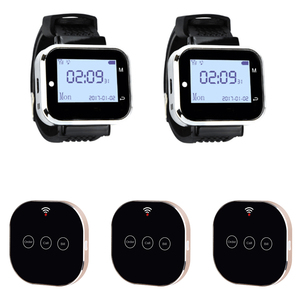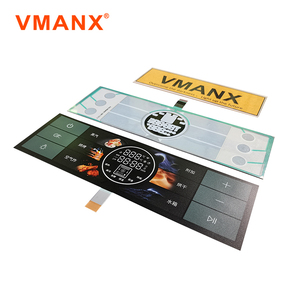Introduction to Touch Screen Buttons
Touch screen buttons have revolutionized the way users interact with technological devices, providing a seamless interface that enhances usability and functionality. These intuitive buttons replace traditional physical switches and dials, allowing for quick access and control through simple taps and swipes. As a staple in modern electronic devices, touch screen buttons are found in smartphones, tablets, kiosks, and specialized machinery, making them essential in today's digital landscape.
Types of Touch Screen Buttons
Touch screen buttons exist in various forms, each tailored to meet diverse user needs and technological applications. Here are the primary types:
- Capacitive Buttons: Sensitive to the electric charge generated by the human body, capacitive buttons offer high responsiveness and are widely used in smartphones and tablets.
- Resistive Buttons: Constructed from flexible layers, resistive buttons require pressure to respond, making them suitable for use with gloves or styluses, often found in industrial settings.
- Optical Buttons: Utilizing light sensors to detect touch, these buttons are ideal for environments where dirt and moisture may obstruct other types and are common in outdoor equipment.
- Piezoelectric Buttons: These buttons generate an electrical charge when pressed, making them durable and reliable in rugged applications.
Applications of Touch Screen Buttons
The versatility of touch screen buttons allows them to be integrated into nearly any device that requires user interaction. Here are some applications:
- Consumer Electronics: Found in smartphones, tablets, and smart TVs for user-friendly navigation and control.
- Industrial Equipment: Used in manufacturing and processing machinery for operator control and monitoring, facilitating a more intuitive interface.
- Healthcare Devices: Incorporated in medical equipment such as monitors and diagnostic tools for easy patient interaction.
- Smart Home Technology: Essential in smart home systems, controlling lighting, HVAC, and security panels with ease.
- Public Kiosks: Utilized in ATMs, ticket machines, and information booths to enhance user experience in public settings.
Features and Advantages of Touch Screen Buttons
Touch screen buttons come equipped with several features that set them apart from traditional buttons, bringing numerous advantages to users.
- Sleek Design: Their minimalist aesthetic allows for a cleaner, more modern interface that can be integrated into any device design.
- Customizable: Touch screen buttons can be easily customized in size, shape, and functionality to suit specific user needs or brand aesthetics.
- Enhanced Durability: Many touch buttons are made with durable materials such as tempered glass, ensuring longevity and resistance to wear and tear.
- User-Friendly Operations: Quick response times and intuitive gestures simplify user interaction, making technology accessible to everyone.
- Reduced Mechanical Failures: The absence of moving parts significantly diminishes the likelihood of mechanical failures, leading to less downtime and maintenance.

















































































































































































































